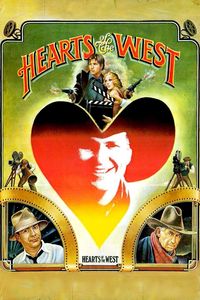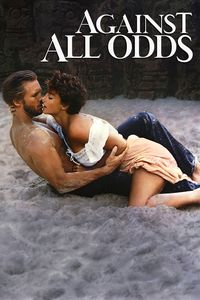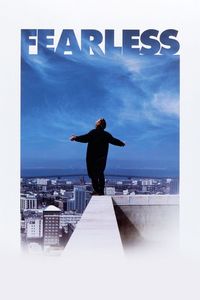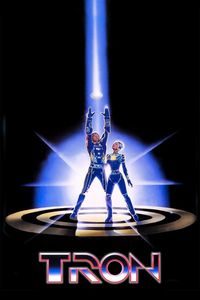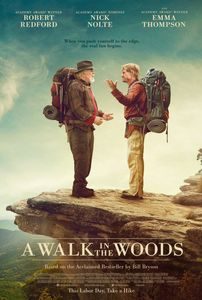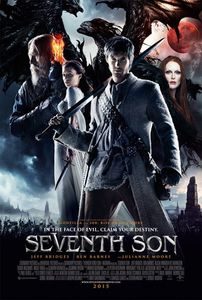(Second Viewing, In French, On TV, January 2020) Back in 1994, there were many comparisons made between Speed and Blown Away, most of them to the second film’s disadvantage. The pairing wasn’t arbitrary: here were, after all, a pair of movies talking about a mad bomber targeting protagonists in picturesque American cities. Most reviewers felt that Speed fully indulged in the craziness of its premise, while Blown Away was too dour and, crucially, disarmed its bombs when, in the words of Speed’s script, “A bomb is made to explode. That’s its meaning. Its purpose. Your life is empty because you spend it trying to stop the bomb from becoming.” Having seen both at the time (Blown Away at a drive-in theatre, if I remember correctly), I definitely agreed: Blow Away was too dull, too serious about itself, especially in comparison to Speed, which remains one of the all-time greatest action movies. A second take on Blown Away twenty-five years later is more generous, but not by much: Absent unfair comparisons with Speed, Blown Away is a good-enough thriller—conventional but with a few good moments, although with too many odd missteps along the way to be fully satisfying. Jeff Bridges does well as the protagonist, although the film’s troubles start at the opening scene as it mines the murky fractious nature of the Irish Troubles for backstory and uncomfortable character motivations. (He does get a few scenes playing opposite his father Lloyd Bridges.) Tommy Lee Jones is far more enjoyable hamming it up as a crazy villain, although it’s worth noting that his character’s various eccentricities run dramatically at odds with the more serious tone of the rest of the film. This issue pops up again and again throughout Blown Away: A crazy idea creating tone problems when placed against the darker underpinning of the story. It tries to be both a hard-edged thriller but can’t resist the pull of an overblown action scene or funny moment. Forest Whitaker hangs at the edge of the plot as another bomb specialist with personal animosities with the lead—he’s an unconventional choice for the role, but the adversarial relationship between the two characters works well. Finally, Boston plays the fourth-biggest role in Blown Away, as the script gives up a highlight tour of some of the city’s tourist attractions. As someone who has visited Boston more often than any other American city (perhaps even combined) since the mid-1990s, I really enjoyed seeing big action sequences set in places I’ve seen a few times—with a particular affection for the explosive Trinity Church sequence. Blown Away does exemplify a kind of thriller that we frequently saw in the 1990s and less since then—it’s pretty much the same exact “killer psycho fixates on protagonist, kills his friends and colleagues, etc.” plot although with bombs. Still, it doesn’t quite understand how to have a consistent tone and exploit the elements it has at its disposal. A common critique of 1994 remains just as valid today and tells much: Here is a film with a climax in which an orchestra plays the 1812 overture… and it doesn’t even bother synchronizing the music with the climactic explosion.

